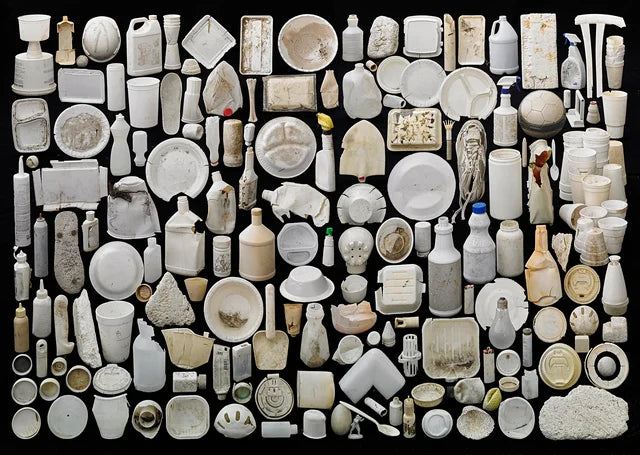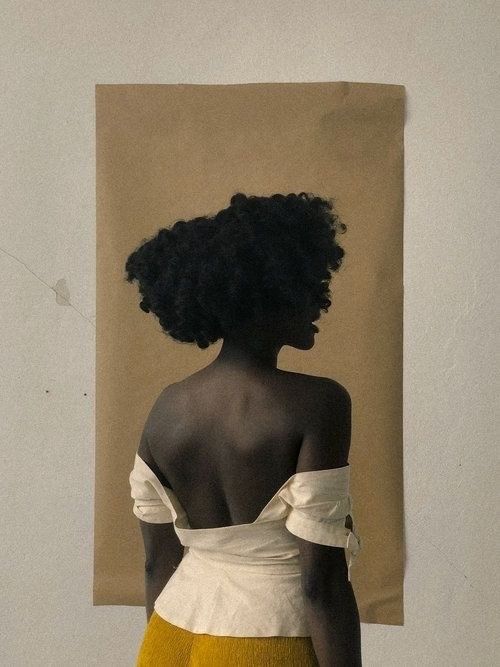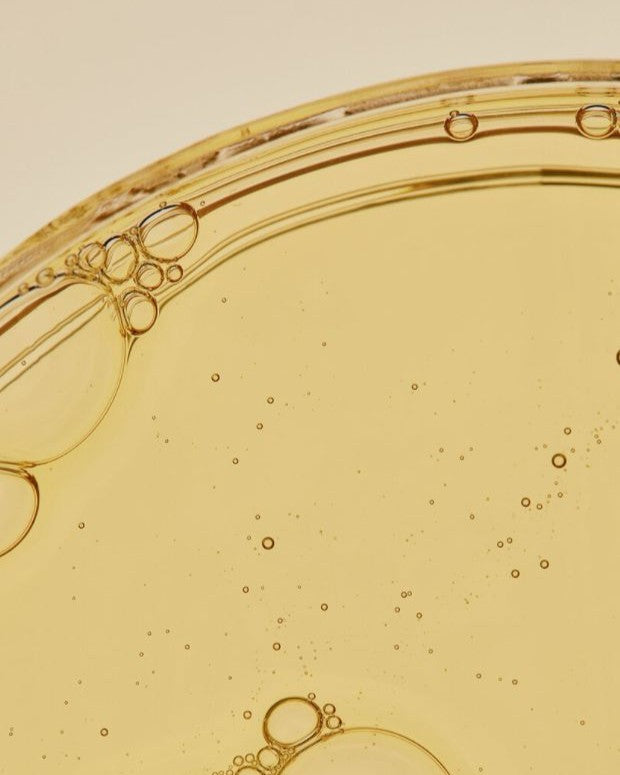
CIRCULAR BEAUTY JOURNAL 4: Circular Fashion & Circular Beauty
The gap between circular fashion and circular beauty is a topic I've been thinking a lot about.
Circular fashion is in our everyday. Thrifting is what cool kids do. Secondhand shops are popping up in our neighbourhoods. Brands are setting up repair stations. Absolutely, it's only the tip of the iceberg. There are many systematic changes that need to be made to turn the tide, but it seems that at least there is a growing level of consumer consciousness, and the key players are making changes demanded by the market.
Beauty though? It feels like we are going backwards. As noted by beauty critic Jessica Defino, new products are being created to take care of our holes.. (do we really need skincare products for our vaginas and assholes?). Beauty ideals are becoming even more impossible with the normalisation of plastic surgery. Chain stores are taking up more space than ever before.
So why is there such a gap between the two industries? What needs to be done for circular beauty to be set in motion?
THE NATURE OF PERISHABLE GOODS
One reason is the nature of the product itself. Clothes last a lifetime (ok, are supposed to). If you tire of a dress, you can sell it, donate it, recycle it. I have a beautiful black silk dress by Yoshino that my mum handed down to me. I could make good money with it.
Beauty products expire in 2-3 years. Once you purchase a beauty product, there is zero value in "pre-owned" or "secondhand" beauty products. You can't resell it. Once you've opened it? Forget it. The narrative of "purity" "clean" and "hygiene" that dominates the beauty category makes it even harder for us to share. You'll be lucky if you can off-load it to your sister.
This inherently makes it harder to keep products in use for as long as possible. Successful fashion businesses have emerged that resell, rent, or upcycle clothes, making circular fashion look smart, stylish, and desirable. With no existing demand or established practices to build upon, these models are challenging to deploy in the beauty industry.
INTENSITY OF BEAUTY'S IMPACT
It's not really meaningful to compare the environmental impact across the two industries. It's not as if we need to choose one over the other - we have to make headway in both. They are both heavy polluters driven by overconsumption and overproduction. The key difference in their environmental impact is noteworthy as it clues us in on what changes we can make.
-
Fashion’s impact is enormous in scale (volume, carbon, water).
-
Beauty’s impact is enormous in intensity (packaging waste, non-recyclability, microplastics).
In the beauty industry, the biggest issue is packaging. It's an inherent design flaw that we put perishable products in single-use, plastic packaging that pollutes the planet for 500 years or more, breaking down into harmful microplastics. 120 billion packaging units are produced annually by the beauty industry, most of which are unrecyclable due to mixed materials, pumps, mirrors, and such. Packaging makes up 70% of the industry’s carbon footprint. No recycling infrastructure can support this.
RADICAL REDESIGN IS THE ANSWER
This is precisely why circular beauty is such an opportunity. Unlike fashion, beauty’s shift to circularity won’t be about resale or rental or repair — it will be about radical redesign of the product itself, particularly its packaging. If this single area can be unlocked, circular beauty could really be set in motion. Solid formats. Refillable objects of permanence. Materials that are endlessly recyclable. Rituals that encourage us to care for products the way we care for our skin. These are changes that we are slowly seeing in the industry, which we can all get behind.
Circular beauty also has the potential to restore our sense of wellness - much needed in this modern age where we face so many stresses. If circular beauty can help us reconnect with humanity--through its values of longevity, substance, and continuity--this would make a lasting impact on the health of our planet.
-----
See previous journal entry "On Circular Beauty"
Art by Barry Rosenthal



